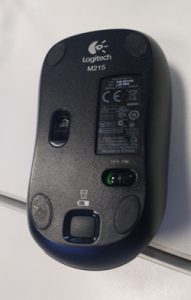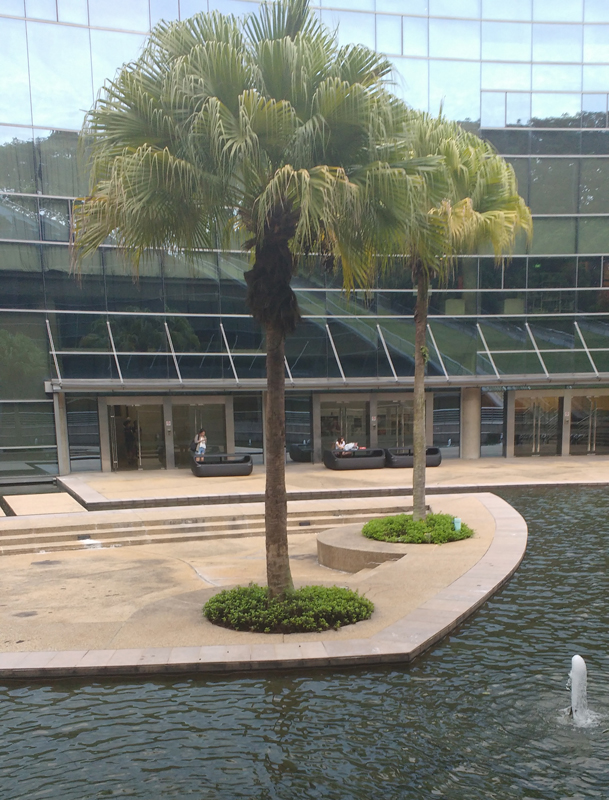- Response to the 1st chapter of Donald Norman’s The Design of Everyday things
As well as D. Normal, I feel like feedback is an essential component of our experience as users and should really be taken into account by the designers. In my experience, I have found that sound feedback is one of the most important component of user experience. For example I’m used to filming my skiing adventures with my GoPro camera. This forces me to turn on and off the camera at any time (whether I am in the middle of a slope or not). Therefore the sound feedback emitted by the device when I turn it on is essential for me because it allows me to continue skiing without having to stop to check if the camera is on.
This is an example among many others in which the absence of the feedback would be disastrous for the user experience.
I also enjoyed the author’s insight on the cycles in product design and how with time designers and manifucturers tend to over-complexify their products. . However I feel like it is a point a view which only takes into account technological advance but doesn’t take into account trends. If you think about it, 10 years ago, digital (and complex) watches were a hit (Casio’s G-Shock for example), but now trends like minimalism have had a real influence on how we see watches. We have now mostly become attracted to more minimalistic watches, which only have one function (see Ice Watch 2015 or Daniel Wellington watches for example).


Of course there are still complex watches but their target audience is a niche market (runners …).
Question 1) The author talks about the over-complexity of some products but sometimes it is a trademark of the brand and it is how it can differentiate itself from its competitors, only real “users” will be able to use it. For example if you take swiss knives (Wenger brand) with a lot of functions. Does it make it a poorly-designed product?
Question 2) The question of affordance of a product is very important but it differs from countries and areas in the world, is it better to adapt our design to each part of the world we are aiming or should we actually be able to design a product which will appeal to the entire world ? This question concerns especially high-tech products













